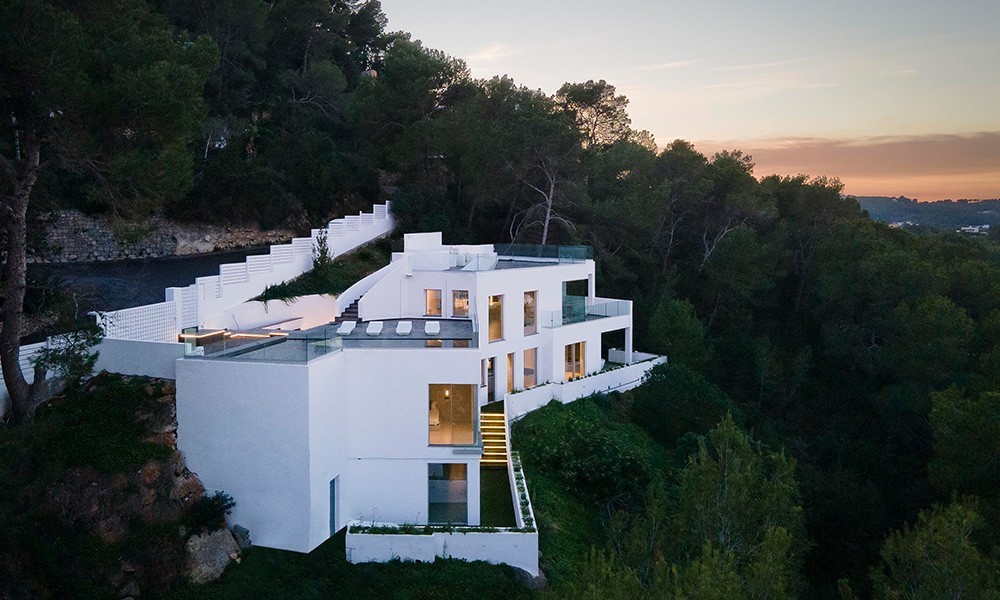It is clear, that current architecture is the result of numerous artistic movements and social changes that have given it a versatile character. The thirst to make a responsible use of resources joins the need to generate increasingly bright spaces which will allow us to comfortably inhabit the natural space.
